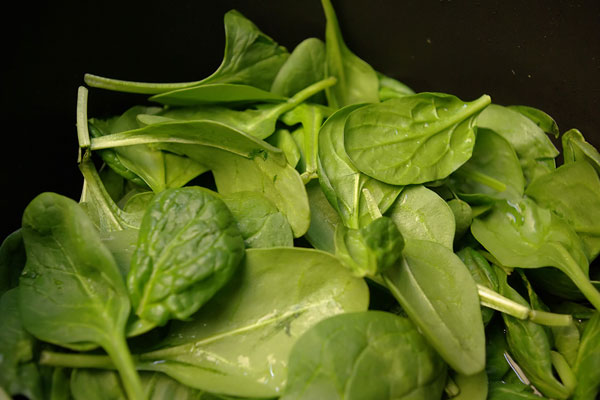
“ Knowledge is knowing a tomato is a fruit. Wisdom is not putting it in a fruit salad.“ – Miles Kington
Annual Findings:
How many different pesticides do you eat daily? That’s one of the questions the US based Environmental Working Group is asking when it conducts its “Annual Shopping Guide to Pesticides in Produce,” which updates the “Dirty Dozen” annually.
In 2017, the residue of one or more of 178 different pesticides was found on nearly 70% of all the samples of 48 commonly sold crops. All the samples were non-organic. Organic produce, for those who can afford it, is of course far cleaner.
The Bad News:
So what’s the most pesticide laden produce? Drum roll please:
- Strawberries
- Spinach
- Nectarines
- Apples
- Peaches
- Pears
- Cherries
- Grapes
- Celery
- Tomatoes
- Sweet Bell Peppers
- Potatoes
What does it mean to be on this list? More than 98% of samples of the top 6 tested pesticide residue positive.
The top 2, Spinach and Strawberries, are easily tied for the dirtiest. While a single sample strawberries tested positive for 20 different pesticides, spinach samples boasted twice the pesticide residue by weight than any other crop.
The kicker? A startling number of spinach samples tested positive for the infamous neurotoxin DDT, which is banned in the US.
The Good News:
The “Clean 15” is the happy foil to the “Dirty Dozen.” These are the items least likely to be contaminated by pesticides:
- Sweet corn
- Avocados
- Pineapples
- Cabbage
- Onions
- Frozen Sweet Peas
- Papayas
- Asparagus
- Mangos
- Eggplant
- Honeydew
- Kiwi
- Cantaloupe
- Cauliflower
- Grapefruit
How do you make this list? These are non-organic crops least likely to harbour pesticide residue. More than 80% of the top 6 were clean and none of them tested positive for more than 4 types of pesticides.
What you can do about it:
The bitter irony is that spinach is one of the healthiest things we can eat. But we can protect ourselves and our kids, and avoid the toxins from building up in our systems, in a few different ways:
- A cold water wash removes about 75-80% of residue. Wash Dirty Dozen members 2-3 times and scrub every surface. It takes longer but you’ll feel better about eating it.
- Make a vinegar bath with 4 parts water to 1 part vinegar. Soak for 30-60 minutes before a cold water rinse and scrub. This has the added benefit of extending the life of your produce.
- Peel and skin whatever you can; that’s the best way to take the residue off. Cut off the tops and outer layers of greens like lettuce and celery.
- Choosing to buy organic for the produce with the highest traces of pesticide can help reduce your pesticide intake.
https://www.ewg.org/foodnews/summary.php#.WYcxjdPyv9M
http://www.naturallivingideas.com/wash-fruits-veggies/